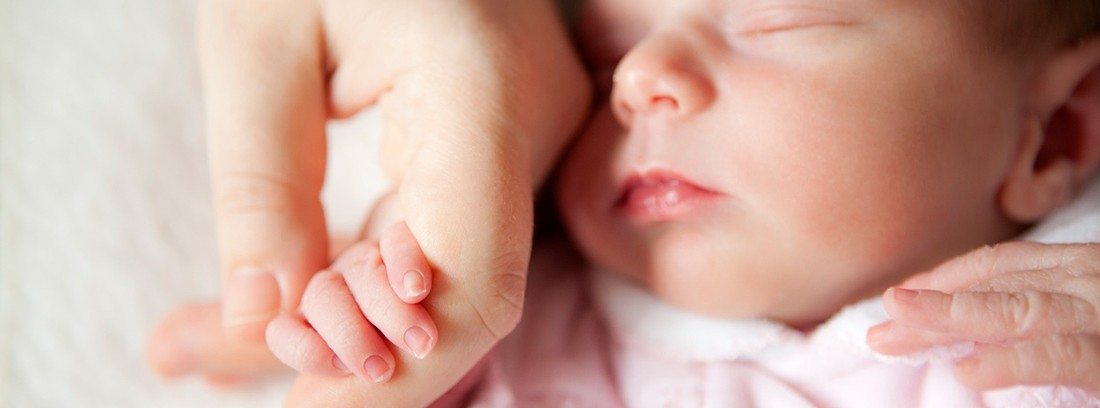Newborn apnea

The is the transitory cessation of respiration, of more than 20 seconds long. It is more common in the premature newborn, but it can also affect full-term babies. It occurs most often in REM sleep (when the child is most sound asleep).
Types of apneas in babies
- Idiopathic or primary (we do not know what causes it): preferentially occurs in premature infants
- Secondary (there are multiple causes of apnea in the newborn): typical of premature and full-term babies
Causes of secondary apnea
- Cerebral haemorrhage
- Immaturity of the nervous and respiratory system
- respiratory disease
- heart disease
- Gastroesophageal reflux
- Infections
- Low glucose and other salts in the body
- Being a premature baby
Symptoms
In apnea there are respiratory pauses during sleep, for more than 20 seconds. In this apnea period, the heart rate drops (bradycardia) and the baby takes a bluish coloration called cyanosis (a sign that not enough oxygen is getting to the tissues).
Diagnosis
To make the diagnosis, the baby must be sleep study to record possible apneas. During the study it is also controlled in heart rate and oxygen saturation.
Evolution and treatment
Apnea is usually overcome with the development of the baby and with the treatment of the disease that causes it.
- If it is due to a health problem in the baby, the triggering process: infection, low blood sugar ...
- If there is no apparent cause that justifies the respiratory pause, a series of measures must be taken when it passes. It is recommended monitor baby in the hospital and / or at home if you still have, just after discharge. The apnea monitor is a device that alerts us when the child apnea with a beep or alarm. When the monitor beeps, in most cases it is enough to move and stimulate the baby slightly so that it begins to breathe on its own.
- In some cases, the newborn may be given medicine to help him breathe.
(Updated at Apr 14 / 2024)